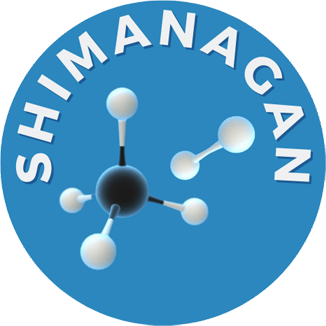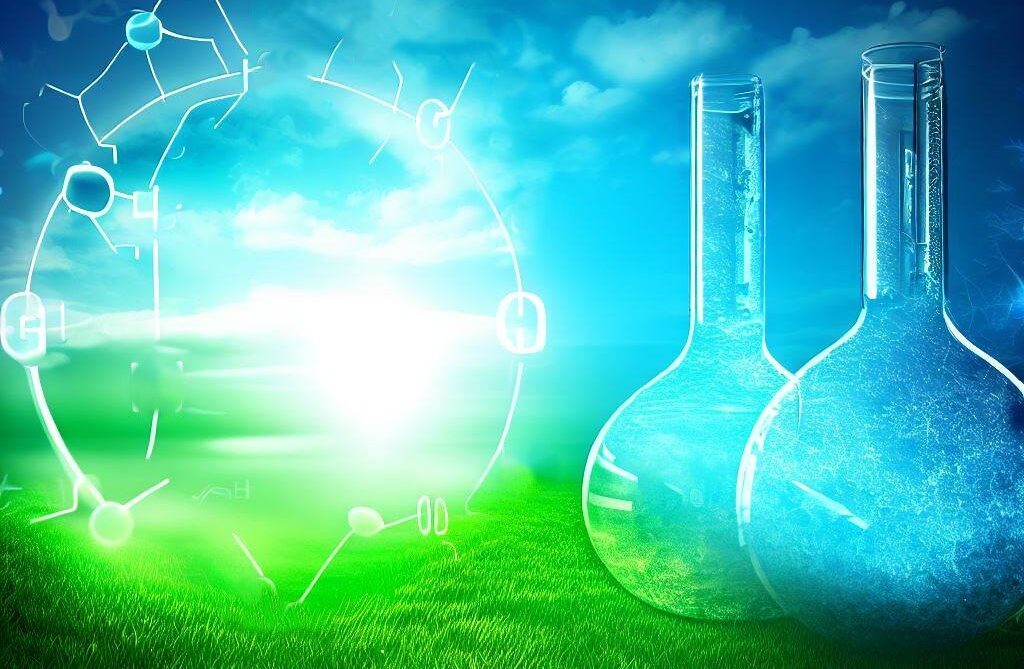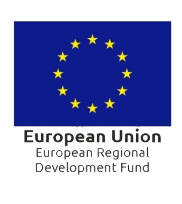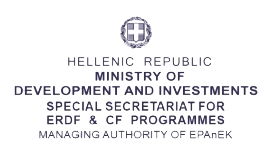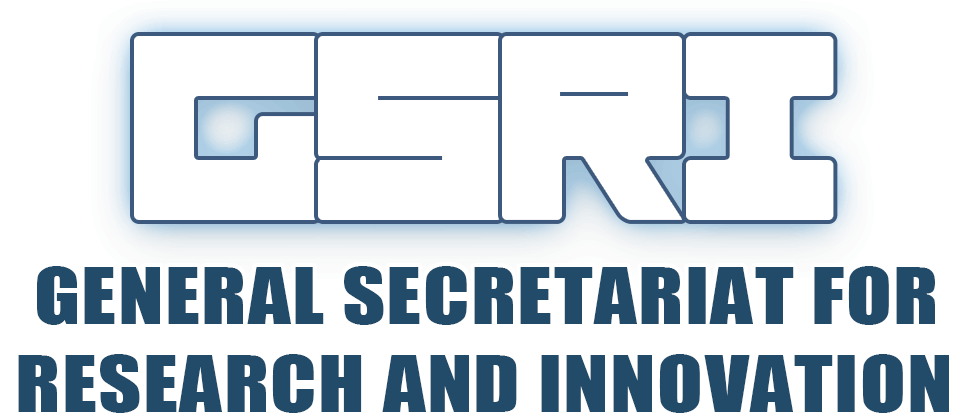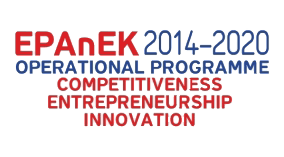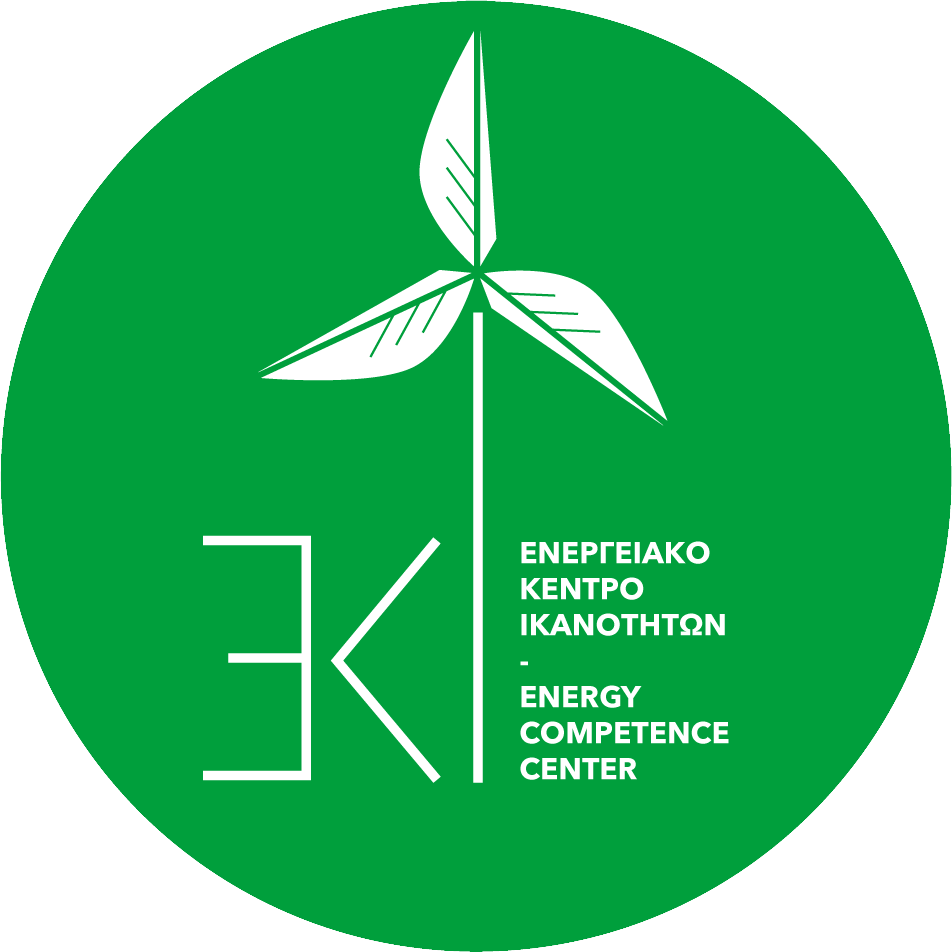Project Structure
Project structure encompasses the systematic arrangement and organization of research components, enabling a clear and logical framework for conducting and presenting a study
01.
Software Development for Variable Gas Composition
Gas Network Software
The development of a gas network software for variable gas composition marks a significant stride towards addressing
the intricate challenges posed by the integration of hydrogen (H2) into the natural gas network.
This task involves the creation of a sophisticated software tool tailored to simulate and analyze various scenarios involving the mixture of H2 (5% – 20%) and natural gas.
The software will serve as a dynamic virtual platform, enabling experts to explore the potential effects and interactions when different compositions of H2 and natural gas are introduced into the network.
By inputting varying concentrations of H2, the software can model the behavior of the entire gas distribution network, predicting how the combined gases flow, react, and potentially influence infrastructure components.
This tool offers invaluable insights into safety, performance, and operational aspects, contributing to the strategic decision-making process.
It provides a controlled environment to assess potential risks, identify optimal blend ratios for efficiency, and gauge the network’s capacity to accommodate the new gas compositions without compromising existing infrastructure integrity.
Ultimately, the development of this gas network software empowers stakeholders to proactively design and optimize the incorporation of hydrogen, ensuring a seamless transition towards a cleaner energy future while upholding the security and reliability of the natural gas network.
02.
Application of Software and Assessment of Feasibility
Software and Assessment of Feasibility
The application of software and assessment of feasibility stands as a pivotal phase in harnessing the potential of innovative software tools
within a specific network context, such as the Attiki region.
This task involves the practical utilization of the developed software to explore a multitude of scenarios involving the integration of hydrogen (H2) and natural gas within the existing infrastructure.
By inputting data relevant to the Attiki network, the software creates a virtual environment to simulate different compositions and concentrations of H2 and natural gas.
This simulation allows experts to analyze and quantify the potential economic, environmental, and operational impacts that varying gas mixtures might entail.
Following the exploration of these diverse scenarios, a comprehensive assessment of feasibility unfolds.
This evaluation considers economic viability, environmental sustainability, technical compatibility, and regulatory adherence.
It encompasses an in-depth analysis of potential benefits, risks, and challenges associated with each scenario.
Ultimately, this task holds the key to informed decision-making, enabling stakeholders to gauge the real-world applicability of integrating H2 within the Attiki network.
By combining technological insights with economic and environmental considerations, this approach ensures that any proposed changes align with the region’s unique characteristics and long-term sustainability goals.
03.
Investigating Implementation and Assessing Outcomes Network-Wide in the Natural Gas Network
Investigating Implementations
Investigating implementation andassessing outcomes network-wide in the natural gas network encapsulates a comprehensive
effort to transition theoretical advancements into practical solutions.
At its core lies the strategic application of the developed software across the entirety of the natural gas network.
This entails a meticulous examination of diverse scenarios involving the introduction of hydrogen (H2) and natural gas mixtures, with an emphasis on feasibility assessment.
By utilizing the software, experts can virtually navigate the complexities of the entire gas distribution network, simulating the behavior of varying H2 and natural gas blends under different conditions.
This exploration serves as a critical tool to analyze potential outcomes, performance implications, and potential challenges that could arise.
The significance of this task is underscored by its holistic nature.
The investigation spans the entire network, facilitating a robust evaluation of the proposed solutions’ applicability and viability.
Feasibility, encompassing economic, environmental, and operational dimensions, is the bedrock upon which informed decisions are made.
Ultimately, the combination of technological insights and real-world network-wide application leads to a deeper understanding of how these novel gas compositions interact with existing infrastructure.
This informed perspective not only contributes to the decision-ηsustainable natural gas network capable of embracing emerging energy paradigms.
Ready to learn more about shimanagan project?
Delve into the core components of our project for a comprehensive overview of its key aspects,
progress, and outcomes

Project Structure

Work Units

Deliverables

